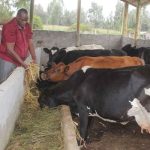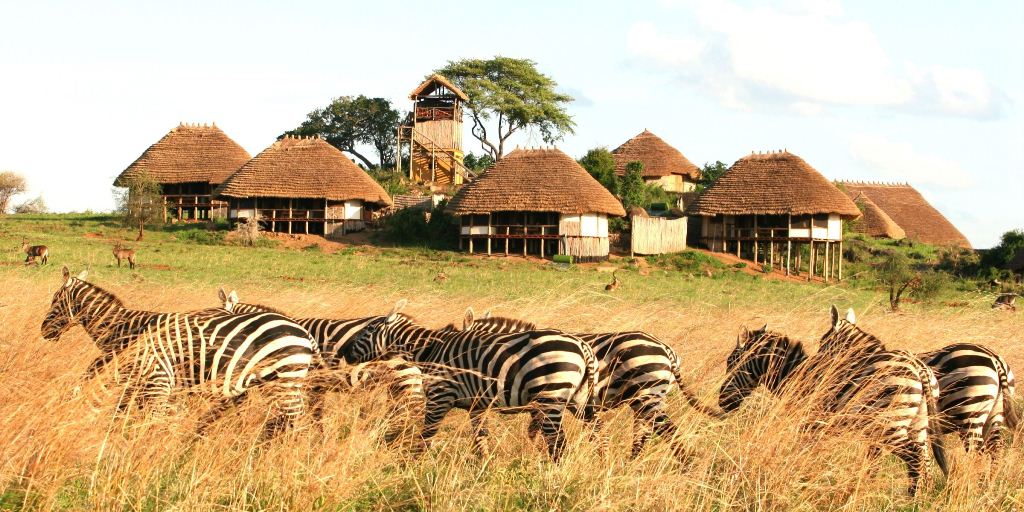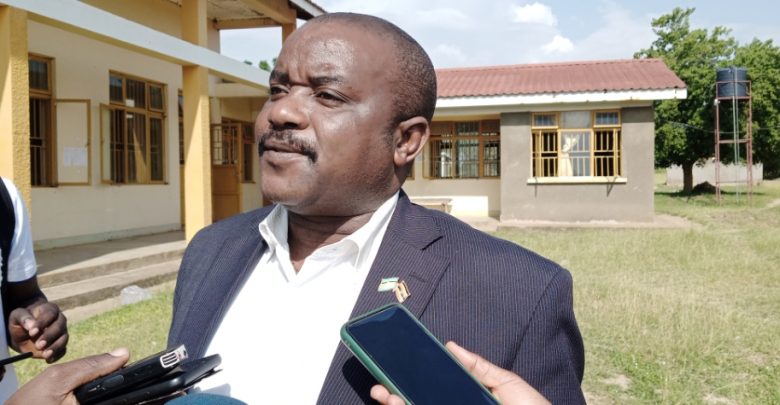Around 11,000 farmers in Yumbe District, on Thursday, October 19, 2023, found themselves dealing with the impact of cassava brown streak disease and cassava mosaic disease in their cassava gardens. This outbreak is causing concerns for food security in the region, with local authorities and organizations urging humanitarian intervention.
Affected farmers have expressed their struggles due to the diseases, as they damage cassava plants at an early stage, leading to reduced yields. They have sought advisory services, but their limited knowledge on disease control has made it difficult to mitigate the problem.
The impact of these diseases has extended to different sub-counties, worsening the situation. Farmers in the district depend on cassava as a staple food source, both for their subsistence and commercial activities.
Ali Galu, the agriculture officer of Kululu Sub-county, explained that the Cassava Brown Streak Disease (CBSD) and Cassava Mosaic Disease are severely affecting various parts of Yumbe District, especially Odravu and Kululu sub-counties. These diseases not only reduce cassava root production but also affect its quality, rendering some varieties unusable if left in the ground.
District production officer, Rashid Kawawa, noted that various cassava varieties, including Nase 14, Nase 19, and Narocas 1, have been promoted in the district. However, the extent of the disease’s spread is still being determined. The increased cost of cassava in local markets, ranging between Shs1,800 and Shs2,000 per kilogram, reflects high demand in the area, making it crucial to support farmers to prevent further losses.
Mariam Akiror, the program manager at Action Against Hunger, a local non-governmental organization, emphasized the challenge posed to food security in Yumbe due to these diseases. She called for practical lessons to help farmers control the spread of pests and diseases, underscoring their importance in the fight against hunger and income improvement in the region.
According to the National Crops Resources Research Institute (NaCRRI), the diseases manifest as dark brown streaks and spots on cassava stems, with dead spots on leaf scars. These streaks are most noticeable on the upper, green parts of the stem and can resemble scratch-like wounds. The affected plants may experience shoot tip death, which can progress into cassava stem die-back.




















